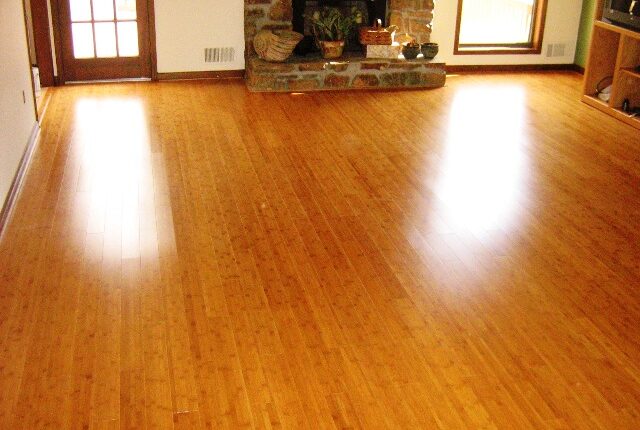In a new home, flooring is the last thing to be installed, but it’s best to be clear from the start about what flooring you’re going to use. The same is true when thinking about home renovation. There is a world of alternatives available today in the market, materials, and designs, so we present some keys for a proper choice. In addition to being decorative elements, the floors must be able to adapt to the current use and environmental conditions, so they must consider the traffic they will support, the humidity and temperature conditions, and the needs of the slab or foundation that acts as support, it must be scratch resistant flooring.
The following flooring options are available in the market:
- Wooden floors: They bring warmth to cold places. A correct installation and proper maintenance can keep them intact for a long time, but they are susceptible to deformation and deterioration due to humidity and water. They require good quality woods to guarantee durability.
- Carpets: They are easy to install and provide warmth and aesthetics to a room. They are acoustic and thermal insulators—their primary defect: dust accumulation and complex maintenance.
- Ceramic tiles: Widely used due to their high resistance to traffic. A wide range of colors, designs, and textures allow them to adapt to all types of decoration. They are easy to maintain due to their water resistance; they do not have too many disadvantages, being one of the most used materials.
- Vinyl: Straightforward to maintain, they resist humidity and water; they are easy to replace and apply over other coverings; they can be used in bathrooms and kitchens and places with moisture; they are excellent thermal and acoustic insulators and with very versatile designs. But they are not characterized for being scratch-resistant flooring.
- Stones: There are different types of stones such as marble, flagstone, granite, sandstone, etc., but their main advantage is their more excellent scratch-resistant flooring and wears resistance. Of a very natural beauty and elegance. However, its price and installation can be the highest. In addition, they cool the environments, contrary to the wood.
It is recommended to choose the flooring material according to the amount and type of traffic it will receive. For example, ceramic or porcelain tile floors offer the most significant resistance and elegance but tend to be very cold. On the other hand, wood, veneer, or laminate floors are beautiful and warm but may suffer damage more quickly, although it depends on the quality of the bed and the type and finish of the floor. Meanwhile, in roll or plank format, vinyl floors are much more resistant to wear and moisture and very easy to install and clean.
Don’t forget that the quality of any flooring installation depends on the condition of the subfloor or slab. For best results, the floor must be dry, free of moisture, stable, and level. To install a ceramic floor, stone, or particular wood floor, it is necessary to have a level slab without surface imperfections or unevenness that prevent a correct installation. In the case of a renovation, it is essential to remove the existing floor, which requires more work and expense.
For a better overall result, it is recommended to select a floor that complements the overall style of your interior design. In addition, it is better to invest in suitable quality flooring: the floor is not a wall that can be painted or coated continuously and must be lived with for a very long time.


Comments are closed.